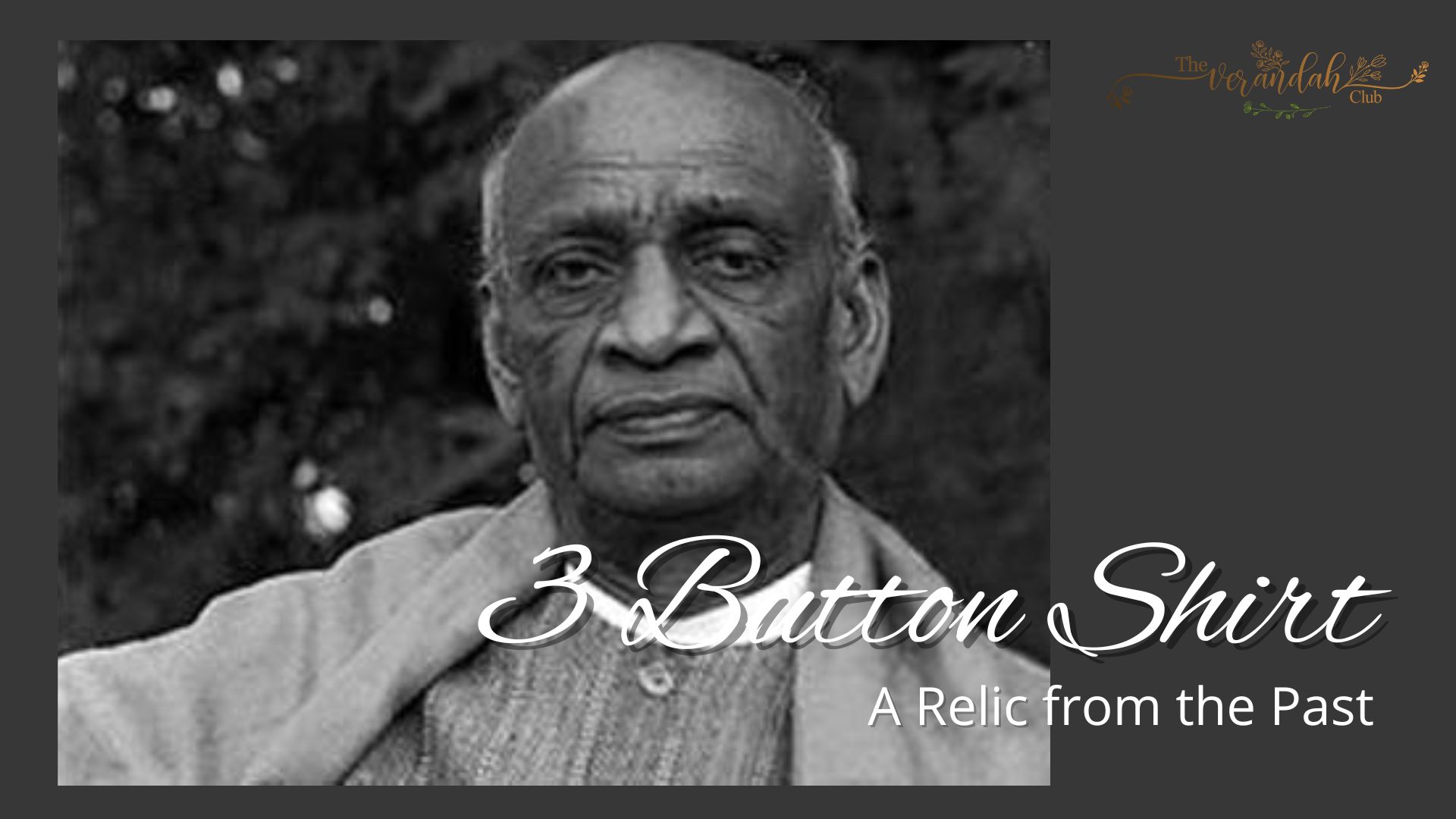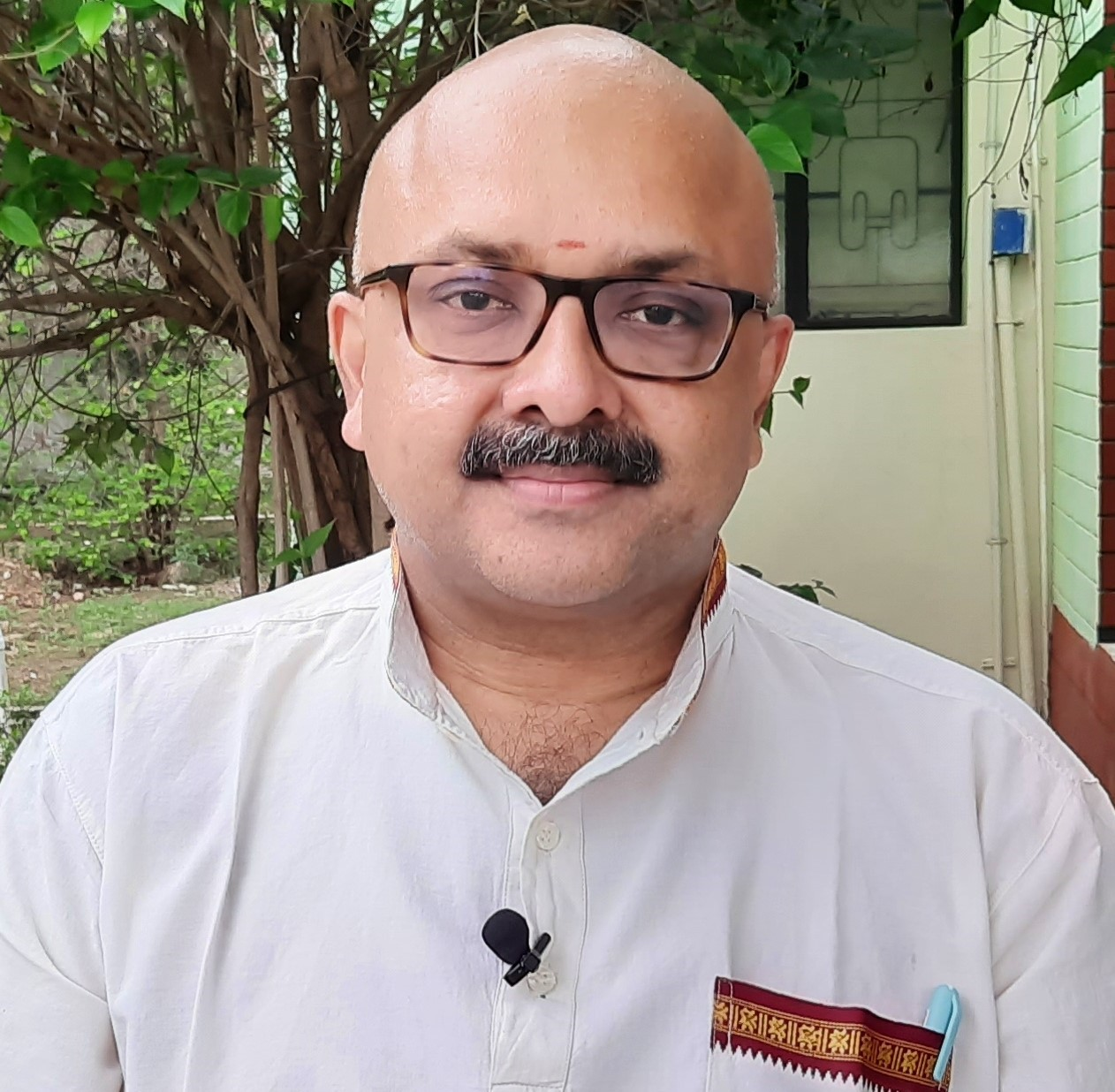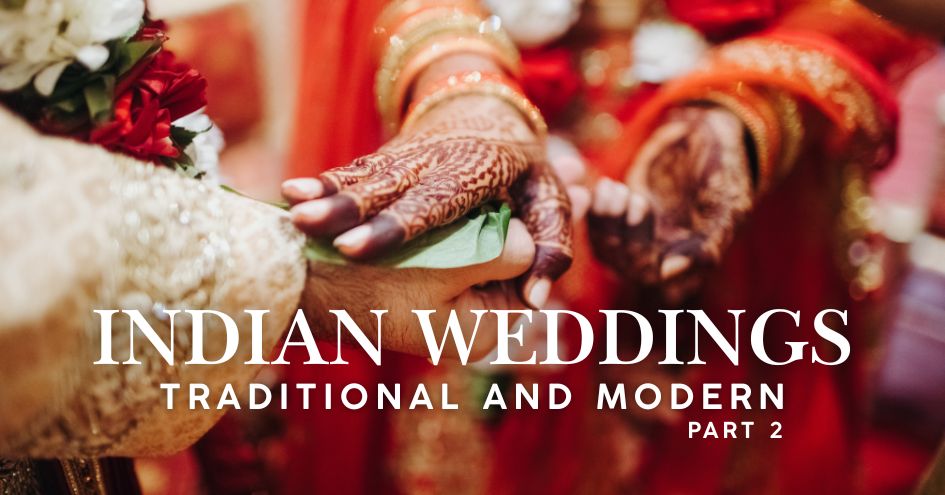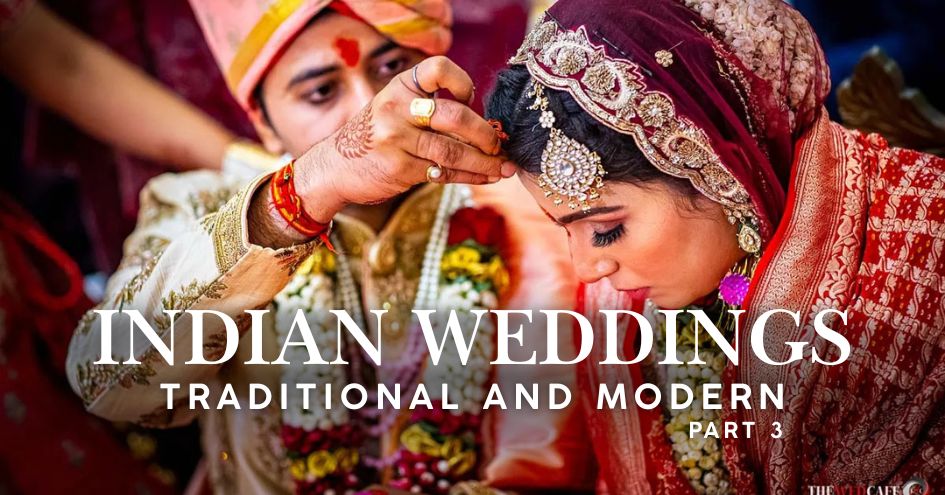
The old three button shirt is virtually absent today. This was the most popular form of attire ( male ) until the end of the first half of the twentieth century. The three button shirt was mostly white in color. Sometimes it was off-white or cream shaded. The fabric was silk or cotton or at times khadi. Men wore it to work everyday. The traditional dhoti accompanied it everywhere. An angavastram (fabric worn on the shoulder) was part of the attire. It would be worn on both the shoulders or just one. Visitors to the temple would remove the angavastram and tie it around the waist while praying to the deity. Youngsters would remove the same from the shoulder and hold it in their hands while meeting elders. These unwritten codes of conduct ensured that people were given due respect.
The buttons were made of ivory or panchalogam (a combination of five metals) or silver or gold. These buttons were linked by a chain and were detachable. The buttons would be studded with diamonds and precious stones too. Some of these buttons would be enamelled. The stone would be set inside the enamel. These buttons would carry the name of the wearer. This would be engraved on the back. These buttons were also gifted. The name of the person who had given the button would be displayed at the back of each button. The famous jeweler Vysya Bhushanam P.A.Raju Chettiar had gifted diamond studded buttons and gold buttons to all his close friends and relatives while celebrating his Sashtiabdha Poorthy (60th birthday) long ago. His name was engraved at the rear of each button.
Some three button shirts had collars and some just had round necks. There were two types of round necks. One was the plain one and the other would just slightly extend itself by covering a small portion of the neck. Some of these shirts had two pockets on top while some just had one. Some people had side pockets in the three button shirts used by them. The lower part used to have a curved pattern on the sides. People wore half sleeve vests along with these shirts. These vests were made of white fabric and would be tailored to suit the needs of the one wearing the same.
Some of three button shirts had a full sleeve while some preferred to wear a half sleeved one. Cuff links were also an essential part of these shirts. These cufflinks are made to match the buttons. Some individuals began to use buttons later for they found it easy to wear the shirt. The link chain for the pocket watch was attached to the shirt. This chain would be visible from outside. The watch would placed inside the pocket and the wearer would take it out in order to know the time. Watches made of metal, silver and gold were in vogue those days. Swiss made watches were very famous then. The famous watch company from Chennai P.ORR & Sons would get source gold pocket watches for its clients from Switzerland. The words 'Swiss Made' would be found inscribed or printed on the watches.
Those were days when the clothes of business people were given a lot of importance. They would be washed individually with a lot of care. Coloured clothes would not be part of the same. These shirts would then be dried on a string. Pressing the shirt may not be required if it was dried by using the above method. Otherwise it would be pressed separately by the wearer or his spouse or the household help. Some people were known to wash their own clothes. Salem based businessman K.L.Chinnikrishna Chetty was known to wash his clothes all by himself. He used to wear his finely stitched three button shirt and the traditionally styled dhoti and move about majestically. Seniors of Salem continue to remember him going about this.
Coimbatore based industrialist S.R.P. Ponnuswamy Chettiar was known for being neatly attired. His three button shirt was an attraction. Lots of freedom fighters were known to be found in this attire and that included Rajaji and Sardar Vallabhai Patel. A number of jewelers and entrepreneurs wore these shirts and they had made a statement through their attire. This relic from the past is going to be remembered for good.

Mr. Rajesh Govindarajulu is one of the founding members of The Verandah Club Pvt. Ltd. He is a leading columnist, historian, jeweler, entrepreneur, and a heritage enthusiast who is earnestly working to revive the past in the light of the present. Experiential learning about the history of Coimbatore is his main course of interest and he is also a panel member of many colleges in the city.
NEXT ARTICLE

Over the past couple of years, I have had the opportunity to attend several family weddings, both in India and the United States. The experience has b...

Let's take a moment to revisit the meaning of the term “Vivāha”. At its core, it represents the idea of sharing a burden and carrying the weight of li...

After reviewing the different kinds of weddings, we see why ancient texts felt the need to clearly distinguish between forms that upheld social order...